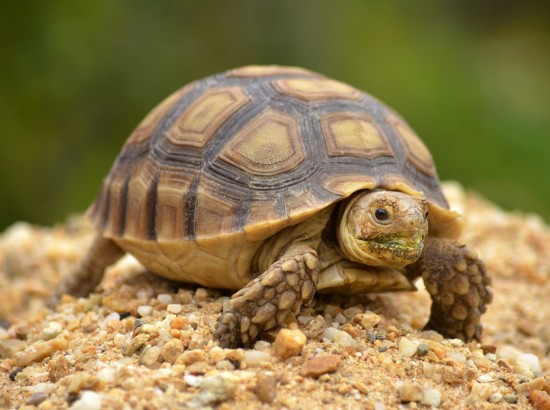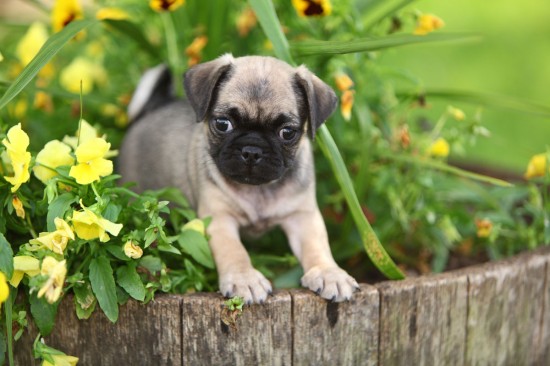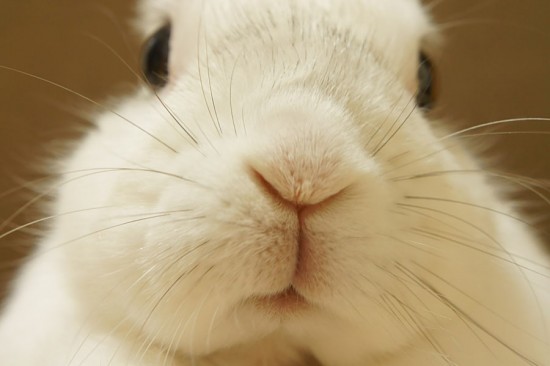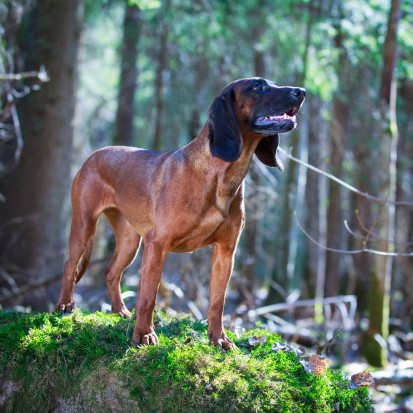

All turtles, tortoises and terrapins have shells that can vary hugely in terms of sizes, colours and shapes, but with the exception of the three soft-shelled turtle varieties, the one thing they all have in common is that their shells are hard, tough and protective. However, with the huge range of patterns, make-ups and other differences between species, it can be hard for the hobbyist keeper to know what is normal when it comes to the shell of their own pet, and how to spot potential problems.
In this article, we will look into shells in more detail, plus explain some common problems that can arise in the shells of pet turtles and tortoises.
The shell of the turtle and tortoise consists of two parts: The dorsal or top of the shell, which is called the carapace, and the ventral or bottom shell, called the plastron. In the adult turtle or tortoise, both halves of the shell should be hard, but it is worth bearing in mind that for the juveniles of some species, the shell hardens up as they age.
The bottom half of the shell, the plastron, is the part that is most prone to developing problems and infections, as it is in close contact with the ground. However, as the carapace is more obviously easy to observe, when many people think about the shell, this is the area that they think of first.
The shells of turtles and tortoises are constructed of sections, which are called “scutes.” These scutes are made of keratin, the same protein that our own fingernails are made from, and are very hard. The scutes will shed in sections and re-grow as part of the natural process of shell renewal.
The ribs and spine of the turtle or tortoise are attached to the carapace underneath the scutes.
Some common shell problems in turtles and tortoises
Shell rot is the term used to describe an infection of the shell, and this usually happens in sections rather than across the whole shell at once. Shell rot can affect either the carapace or plastron, or both.
Turtles and tortoises are very prone to infection if kept in dirty conditions, and dirty water or rank bedding can soon cause problems to arise. If bacteria is allowed to grow on the surface of the shell, it will ultimately lead to shell rot, which often appears as pitting, soft spots and a generally unkempt or patchy appearance to the shell. Shell rot requires prompt treatment with the appropriate veterinary antibiotics, and can take a long time to heal. Left unchecked, shell rot will cause the scutes of the shell to rot away, exposing the bones and organs beneath and often proving fatal.
SCUD, or septicaemic cutaneous ulcerative disease is a serious condition that usually begins with some kind of injury or impact to the shell, which then becomes infected with bacteria through the open wound. This causes poisoning and can eventually affect the liver and other internal organs, which is why it is vital to get any cut or injury on your pet checked out by a vet, even if it appears to be very minor.
While shedding of the scutes is a natural process that should reveal fresh new scutes underneath, if your pet’s scutes are sloughing off or falling off prolifically, it is likely that an infection is in play or that something has caused damage to the shell.
While some tortoise and turtle species have peaks on their shells rather than all smooth scutes, pyramiding of the shell refers to the abnormal changes that can occur to individual scutes, leading to a pyramid shaped or peaked appearance. This generally comes about due to inappropriate provision of UVB lighting or not enough calcium in the diet, and is not a problem that affects turtles and tortoises in the wild.
These pyramids can take a reasonably long time to form, and so you may not realise at first that there is a problem. Correcting the diet or lighting provision of your pet will prevent further issues, but once a turtle or tortoise has pyramiding, these will not go away even when the pet is kept in the optimum conditions.
Metabolic bone disease comes about due to a lack of some of the essential nutrients that hard shelled animals need, such as UVB light, calcium or vitamin D. It leads to a softening of the shell over time that can cause malformation, and also potentially a loss of bone density. Ensuring that your pet is eating the right foods, getting enough calcium and has adequate UVB lighting provision and a clean tank should ensure that the problem does not arise.
 Dogs And Gardens - It Doesn’t Have To Be Difficult!
Dogs And Gardens
Dogs And Gardens - It Doesn’t Have To Be Difficult!
Dogs And Gardens
 13 Essential Rabbit Facts
13 Essential Rabb
13 Essential Rabbit Facts
13 Essential Rabb
 Complete Medical care of pet at Veterinary Clinics in Coquitlam
Complete Medical care of pet at Veterinary Clinics in Coqu
Complete Medical care of pet at Veterinary Clinics in Coquitlam
Complete Medical care of pet at Veterinary Clinics in Coqu
 Is The Bavarian Mountain Hound A Good Choice Of Pet?
Is The Bavarian M
Is The Bavarian Mountain Hound A Good Choice Of Pet?
Is The Bavarian M
 Cruelty To Animals (dogs), Part I
I am an animal lover. I like all animals, but I mainly l
Cruelty To Animals (dogs), Part I
I am an animal lover. I like all animals, but I mainly l
Copyright © 2005-2016 Pet Information All Rights Reserved
Contact us: www162date@outlook.com